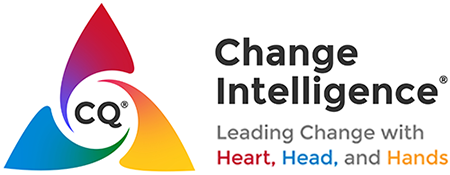Watch the news and it’s easy to be cynical – wars, crime, disease, natural disasters. And yet, is this the reality of modern life, or the interpretation of it that’s reported? Considering violence, as Harvard psychologist Steven Pinker notes, “things really are getting better…..headlines are a poor guide to history. People’s sense of danger is warped by the availability of memorable examples – which is why we are more afraid of getting eaten by a shark than falling down the stairs, though the latter is likelier to kill us…..Despite the headlines, and with circumscribed exceptions, the world has continued its retreat from violence….As modernity widens our circle of cooperation, we come to recognize the futility of violence and apply our collective ingenuity to reducing it. Though a few narcissistic despots and atavistic zealots stand athwart this current, history does not appear to be on their side.” [Click here for compelling statistics and graphics supporting his assertions.]
Andrew Weil, complementary medicine pioneer and wellness guru, recommends periods “news fasts” – “a news fast simply means opting out of watching the news on television, listening to it on the radio, reading newspapers, or following the news on the Internet for a few days or even a week at a time. I believe that taking periodic breaks from the news can promote mental calm and help renew your spirits. In this way, the anxiety and overstimulation catalyzed by the media may be minimized, and your body will function better.” What a great way to spring into Spring – unplug, unwind, refresh and renew.
It can be challenging to focus on the positive, maintain a positive attitude, and consistently act with positivity. And yet, the benefits of optimism are tangible. As Martin Seligman, father of the positive psychology movement, states “optimists are higher achievers, better able to develop to their full potential, happier, and have better overall health,” among many other personal and professional outcomes.
More good news: if you’re not an optimist by nature (and studies show that most people tend toward pessimism), hopefulness and positivity can be learned. To build this mindset, Seligman sharesin Learned Optimism this simple yet powerful A-B-C model:
- Adversity: An event that happens. For example, your company announces a new leadership team and reorganization.
- Belief: Your interpretation of the event. For example, you think, “Here we go again! A new regime and another program of the year! Same circus, different clowns.”
- Consequence: Feelings and actions that result from your beliefs. For example, you anticipate a lot of swirl without strategy, feel cynical and disengaged, and decide to keep your head down until this too shall pass.
Now, I’m not saying this is what “you,” my reader, would do – but you’ve witness this cycle. Given the 70+% of the workforce that is actively disengaged (according to Gallup research), it’s all too common, and we’ve all experienced the lost productivity, poor customer service, and diminished loyalty and trust that results for organizations.
Yet, what about for us as individuals? What can we control? Ultimately, only ourselves – our attitudes and our actions. While pessimism may be in our nature, we can nurture ourselves toward optimism – and reap all its benefits – regardless of what’s happening around us in our environment.
The first step is simply noticing our reactions to events – unearthing our own beliefs, and observing their consequences. Second, we can begin to take even more ownership of our emotions and behaviors, recognizing that “I’m the boss of me”! All empowerment is fundamentally self-empowerment, and all engagement starts with the choice be engaged – in work and in life. As the Eagles sang, “So oftentimes it happens that we live our lives in chains – that we never even know we have the key.”
Cheers to powerful change leaders who are full of positive change 🙂
